
Stone, the word doesn’t have the same meaning it did 50 years ago. In past, there was a time when someone would say “I would like to use stone in my construction project” and everyone had a pretty good idea what they were considering. But it was in past. Now, the belief of the word has completely changed.

Stones are naturally available masonry units. It comes in various size, shape, colour, texture and composition. Depending on the need of occupant and local availability of stones, one can use stone as a masonry unit.
Stone masonry is a widely used form of construction that has been practiced for centuries in regions where stone is locally available. Stone masonry has been used for the construction of some of the most important structures and monuments around the world. Some of stone masonry buildings have been built by skilled stonemasons.
Also Read:
Benefits of Masonry in House Construction
All About Brick Masonry Construction and Its Precautions
Types of Stone Masonry
Basically, there are two types of masonry
(A) Rubble Stone Masonry
When roughly dressed stones or irregularly shaped stones are laid in a mortar the result is a stone rubble masonry. Sub types of rubble masonry are,
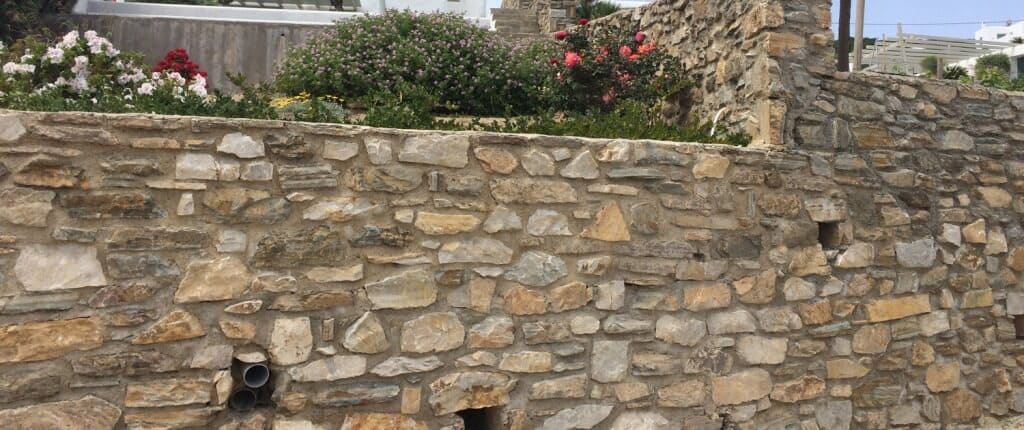
- Random Rubble Masonry
- Square Rubble Masonry
- Polygonal Rubble Masonry
- Flint Rubble Masonry
- Dry Rubble Masonry
(B) Ashlar Stone Masonry
Stone masonry using dressed or regular shaped (cut) stones is known as an ashlar masonry. Sub types of ashlar masonry are,
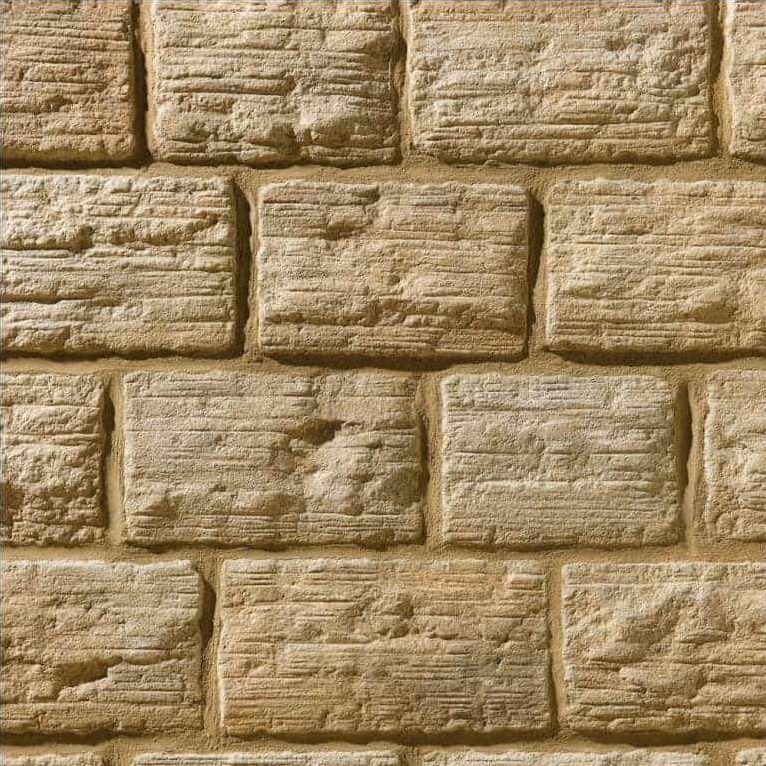
- Ashlar Fine Masonry
- Ashlar Rough Tooled Masonry
- Rock (quarry) faced Masonry
- Ashlar Chambered Masonry
- Ashlar Block in Course Masonry
(A) Rubble Stone Masonry
01. Random Rubble Masonry
In this type of masonry, the stones widely used are different sizes. This is the cheapest and roughest type of masonry. Here the further two sub types are,Coursed random rubble and Uncoursed random rubble.
01(a) Coursed Random Rubble
In this type, masonry work is carried out in such a way that, stones in a particular course are of equal depth.
01(b) Uncoursed Random Rubble
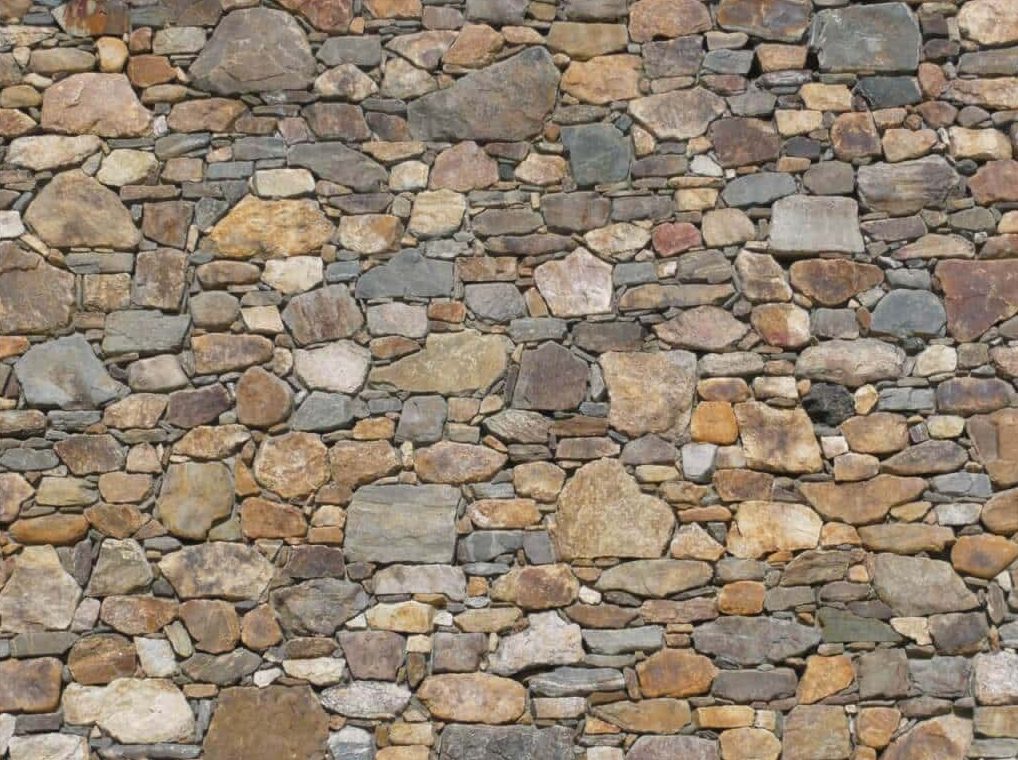
In this type of masonry, courses are not maintained regularly. The larger stones are placed first and the spaces between them are filled up by means of spalls or sneaks.
02. Square Rubble Masonry
In this type of masonry stones having straight sides and bed are used. The stones are usually square and brought to hammer-dressed or straight cut finish. Other two sub types in square rubble masonry are, Coursed square rubble masonry and Uncoursed square rubble masonry.
02(a) Coursed Square Rubble Masonry

In this type of masonry, the work is carried out in courses of varying depth in regular patterns.
02(b) Uncoursed Square Rubble Masonry

In this type of masonry, the different sizes of stone having straight edges and side are arranged on face in several irregular patterns.
03. Polygonal Rubble Masonry

In this type of masonry, the stones are hammer dressed. The stones used for face work are dressed in an irregular polygonal shape. Thus, the face joints are seen running in an irregular pattern in all direction.
04. Flint Rubble Masonry
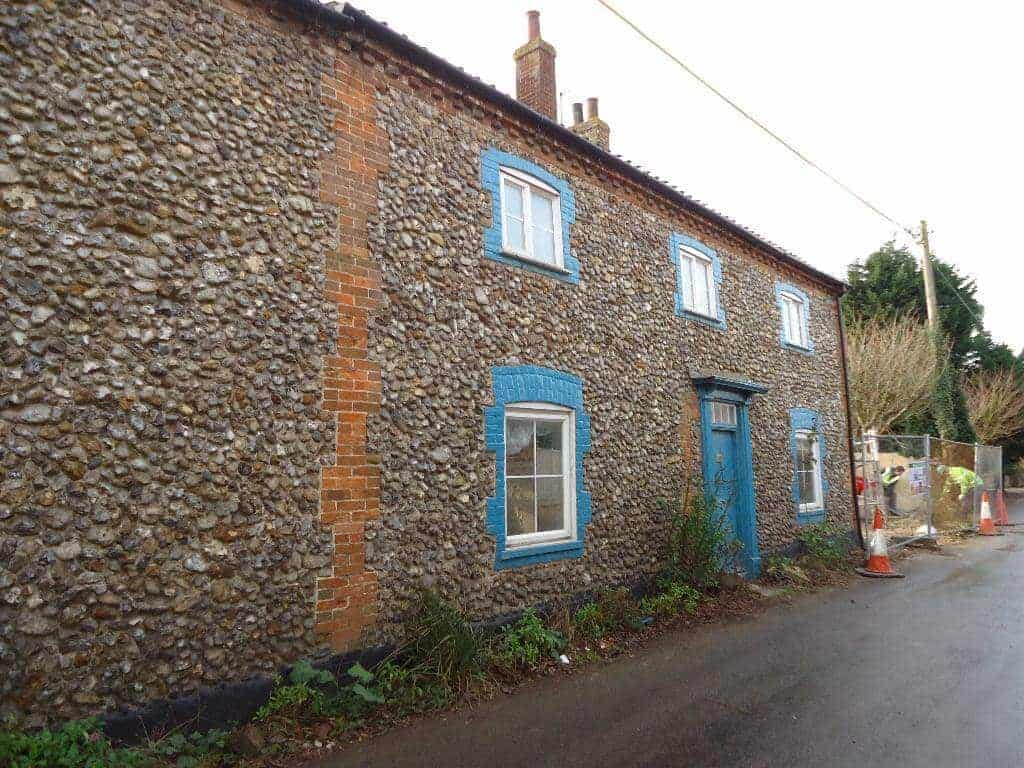
In this type of masonry, stones used are cobbles or flint. These stones are irregularly shaped nodules of silica. The stones are extremely hard. But they are brittle and hence they break easily.
05. Dry Rubble Masonry
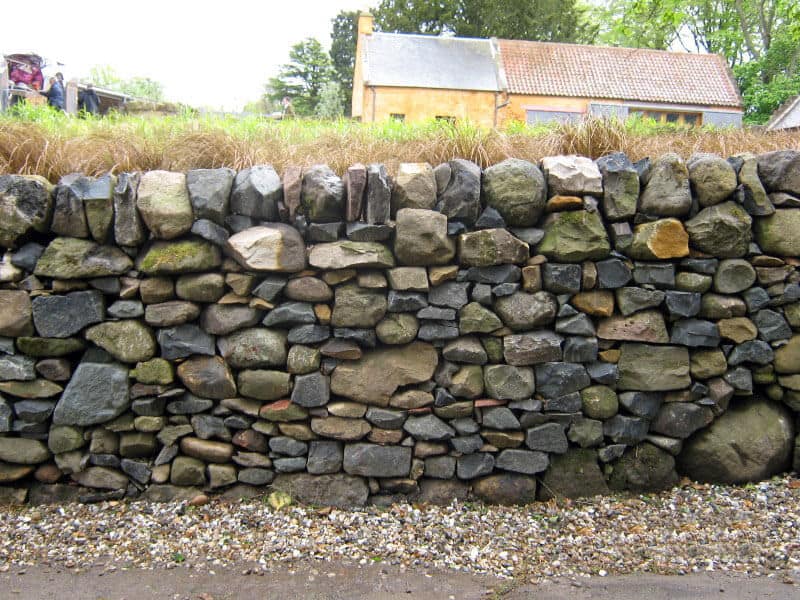
In this type of masonry, mortar is not used in joints. This type of masonry is cheapest and requires more skill in construction. This may be used in non-load bearing structure such as compound wall etc
(B) Ashlar Stone Masonry
01. Ashlar Fine Masonry
In this type of masonry, each stone is cut to uniform shape and size with all sides rectangular. So, that the stone gives perfectly horizontal and vertical joints with adjacent stone. But this type of stone masonry is very costly.
02. Ashlar Rough Tooled Masonry

In this type of masonry, the sides and beds are finely chisel-dressed. But the face is made rough by tools. A strip of 25mm wide made by the chisel is provided around the perimeter of the rough dressed face of each stone.
03. Ashlar Rock (Quarry) Faced Masonry
In this type of masonry, a strip about 25mm wide made by means of the chisel is provided around the perimeter of the rough dressed face of each stone as in case of rough tooled ashlar masonry. But the remaining portion of the face is left in the same condition as received from the quarry.
04. Ashlar Chamfered Masonry
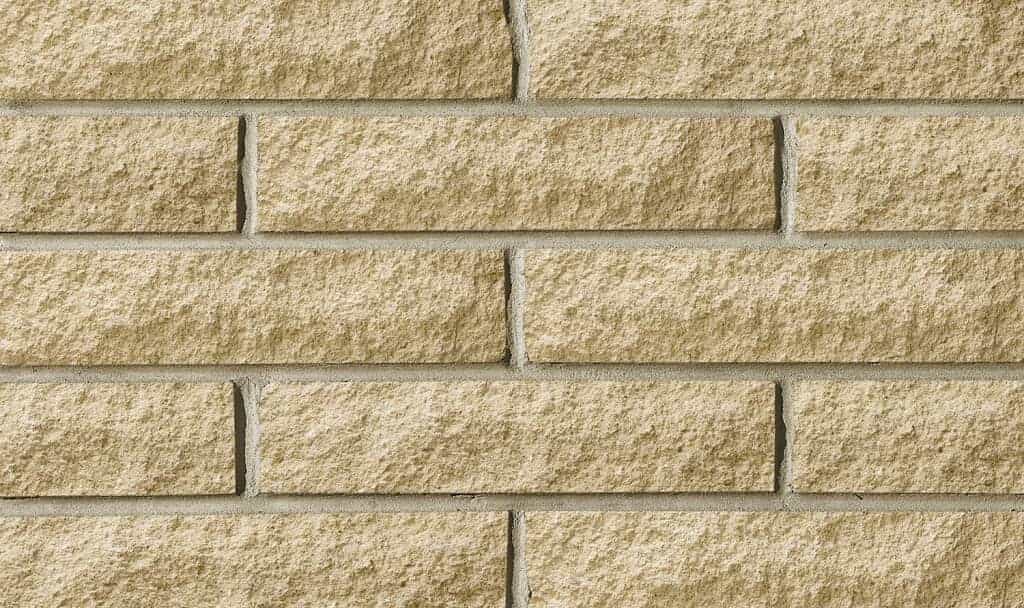
In this type of masonry, the strip is provided but it is chamfered or beveled at an angle of 45 degrees by means of chisel for a depth of about 25mm
05. Ashlar Block in Course Masonry

This is a combination of rubble and ashlar masonry. In this type of masonry, the face work is provided with rough hammer dressed stones and backing of the wall is made with rubble masonry.
Houses built in stone masonry are found in rural and urban areas around the world. There are huge variations in construction materials and technology, shape, and the number of stories.
In rural areas, houses are generally smaller in size and have smaller sized openings since they are typically used by a small family. Such houses are popular and built, where such stones are naturally available locally, and due to which the skilled labour to do the same is also available.
Must Read:
Know the Properties of Granite Stone
Basic Things You Should Know about Granite Stone
Image Courtesy: Image 1, Image 2, Image 3, Image 4, Image 5, Image 6, Image 7, Image 8, Image 10, Image 11, Image 12

































